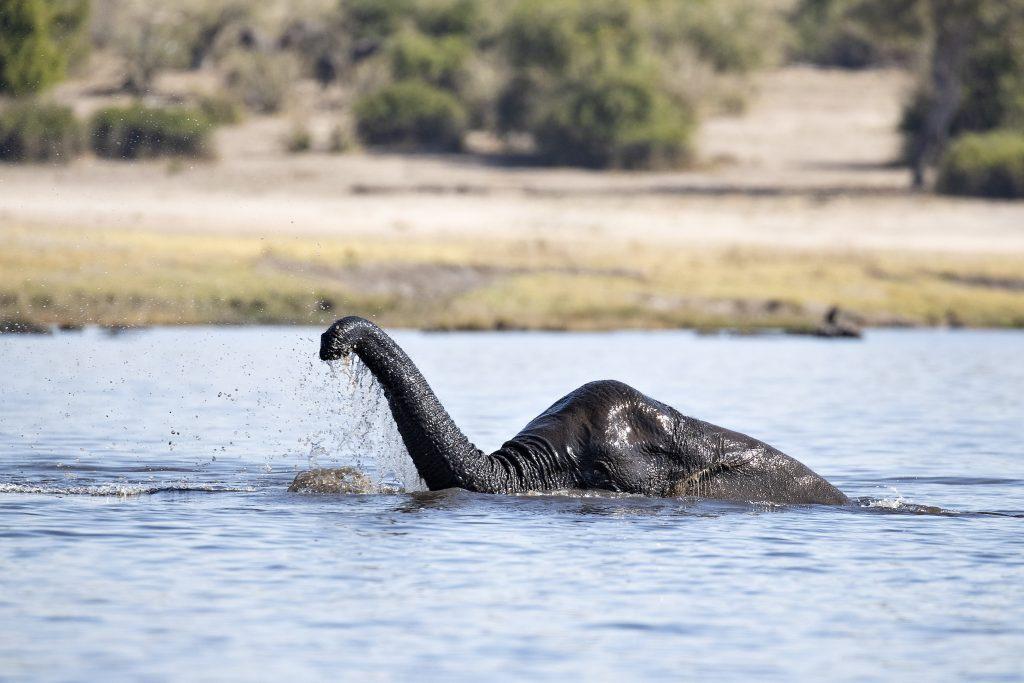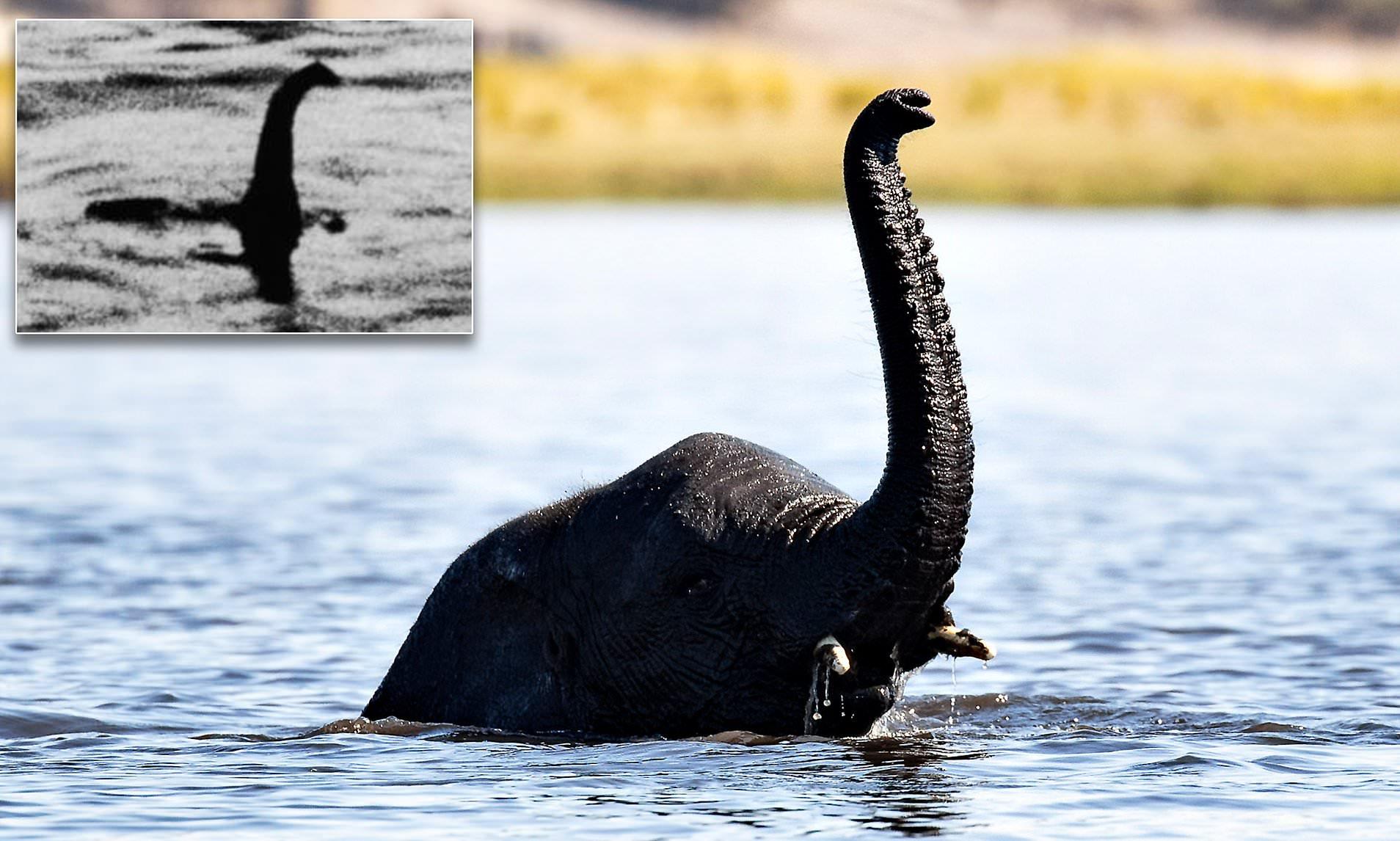Mendel
Senior Member.
Article: Neil Clark, curator of paleontology at the Hunterian Museum in Glasgow, sees striking similarities between descriptions of Nessie and what an Indian elephant looks like while swimming. And perhaps not coincidentally a traveling circus featuring elephants passed by the misty lake in the 1930s at the height of the monster sightings.
Clark acknowledged that those before and after the 1930s cannot be explained by the elephant theory. But he said the vast majority of sightings occurred not long after 1933, the first year of the A82, a road that runs alongside the lake. Around that time, Mills's traveling circus was visiting nearby Inverness and "would have stopped on the banks of Loch Ness to allow their animals to rest."


Source: https://imgur.com/gallery/aDOUqTd
